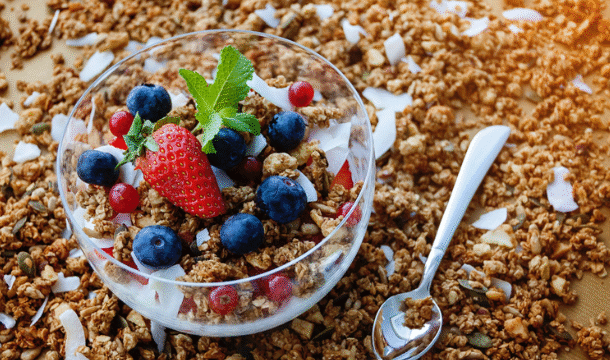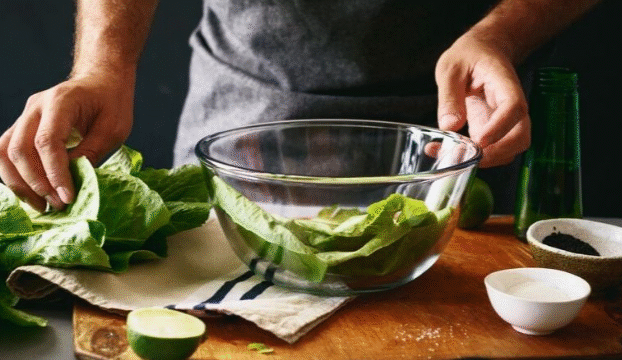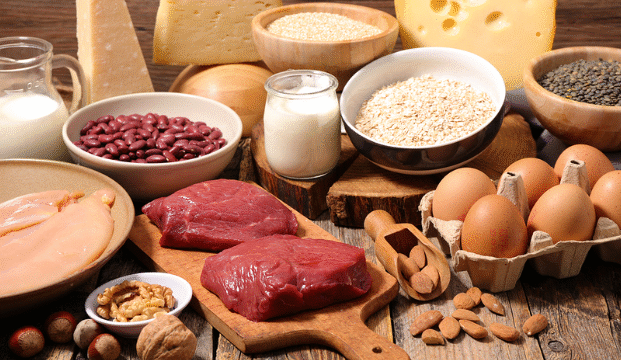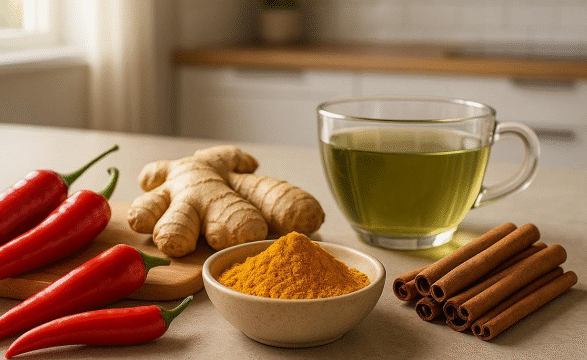1–10: Protein-Packed Choices
- Skinless chicken breast
- Turkey
- Salmon
- Tuna
- Sardines
- Eggs
- Greek yogurt
- Cottage cheese
- Lentils
- Black beans
Why they work: Protein helps reduce cravings, supports muscle, and promotes satiety.
11–20: High-Fiber Vegetables
- Spinach
- Kale
- Broccoli
- Cauliflower
- Brussels sprouts
- Green beans
- Zucchini
- Carrots
- Bell peppers
- Asparagus
Why they work: Veggies are naturally low in calories and high in fiber, helping you feel full while nourishing your body.
21–30: Fruits for Natural Sweetness
- Apples
- Pears
- Blueberries
- Raspberries
- Strawberries
- Oranges
- Grapefruit
- Kiwi
- Papaya
- Watermelon
Why they work: Fruits provide fiber, vitamins, and hydration, making them a healthier alternative to sugary snacks.
31–40: Whole Grains and Legumes
- Oats
- Quinoa
- Brown rice
- Barley
- Buckwheat
- Whole wheat bread
- Chickpeas
- Kidney beans
- Green peas
- Edamame
Why they work: Whole grains and legumes release energy slowly, keeping blood sugar steady and preventing hunger crashes.
41–50: Healthy Fats & Smart Snacks
- Avocado
- Almonds
- Walnuts
- Chia seeds
- Flaxseeds
- Pumpkin seeds
- Sunflower seeds
- Olive oil
- Dark chocolate (70% or higher, in moderation)
- Air-popped popcorn
Why they work: Healthy fats keep you satisfied, improve heart health, and curb overeating when eaten in moderation.
Practical Tips for Using These Foods
- Mix and match proteins, vegetables, and whole grains for balanced meals.
- Keep healthy snacks (like nuts or fruit) on hand to avoid processed junk food.
- Plan meals in advance so you’re less likely to grab high-calorie convenience foods.
- Drink enough water throughout the day to support digestion and fullness.






